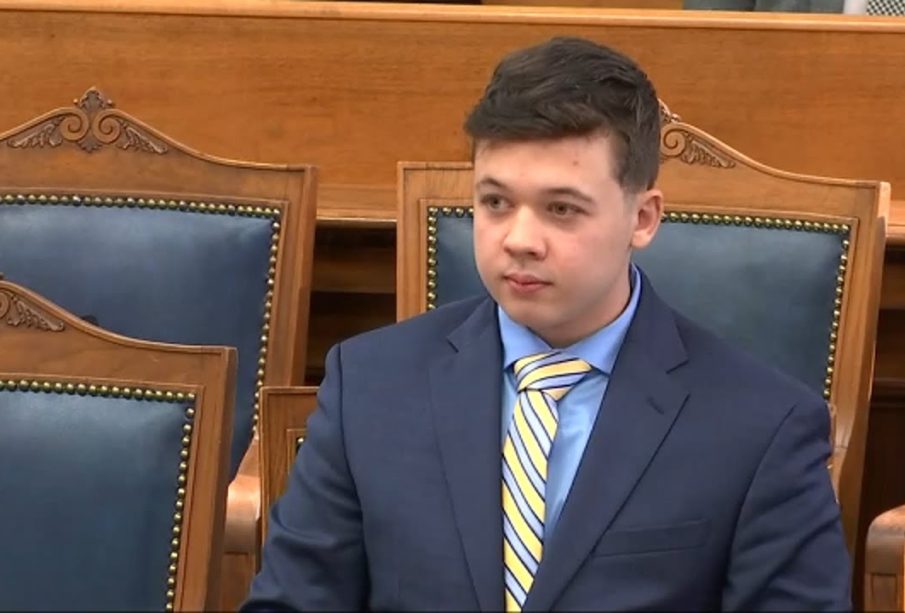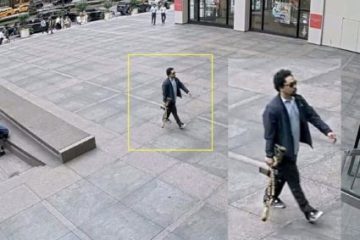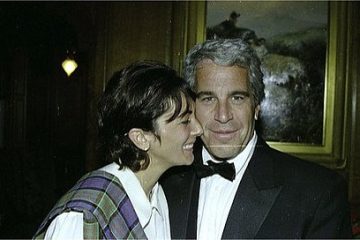Understanding the Impact of Kyle Rittenhouse’s Case

Introduction
The case of Kyle Rittenhouse has sparked intense debate and discussion across the United States and beyond. At its core, this case highlights significant issues surrounding self-defense laws, gun rights, and societal tensions regarding race and policing. Rittenhouse gained notoriety after he shot three individuals during protests in Kenosha, Wisconsin, in August 2020, with the events surrounding his trial raising questions about vigilantism and public safety.
Details of the Incident
On the night of August 25, 2020, Rittenhouse, then aged 17, travelled from his home in Illinois to Kenosha, where protests erupted following the police shooting of Jacob Blake, an unarmed Black man. During the chaos, Rittenhouse, armed with a semi-automatic rifle, shot three men, killing two—Joseph Rosenbaum and Anthony Huber—and injuring a third, Gaige Grosskreutz. Rittenhouse argued that he acted in self-defense, claiming he feared for his life as he was approached by the individuals he shot.
The Trial and Verdict
The trial commenced in November 2021, captivating national media attention. Key to the arguments presented in the courtroom was the interpretation of self-defense laws in Wisconsin, which allow individuals to use deadly force if they believe their life is in danger. On November 19, 2021, Rittenhouse was acquitted of all charges, a verdict that was met with both support and outrage. Supporters hailed the decision as a victory for gun rights and self-defense advocates, while critics argued it sent a dangerous message about uncontrolled violence and vigilantism.
Implications and Public Reaction
The outcome of the Rittenhouse trial has had far-reaching implications. It reignited discussions about the Second Amendment, particularly in light of increasing calls for gun control in the U.S. Furthermore, the trial spotlighted the polarisation surrounding race relations and protests against police brutality. Many Black Lives Matter activists expressed concern that the verdict could embolden individuals to take violent actions during protests, undermining the movement’s calls for justice and systemic reform.
Conclusion
As Kyle Rittenhouse continues to be a polarising public figure, the discussions sparked by his case underscore the ongoing complexities surrounding self-defense laws, societal tensions, and the role of firearms in America. With the political landscape remaining deeply divided, the ramifications of his case will likely manifest in future legislative debates and societal attitudes. Rittenhouse’s actions and the subsequent responses serve as a reminder of the intricate interplay between individual rights and public safety, a conversation far from resolution.









